



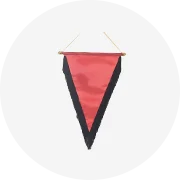
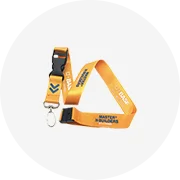
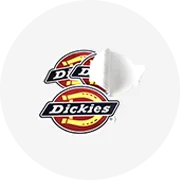
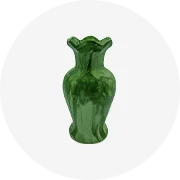
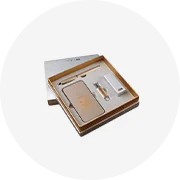
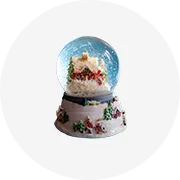
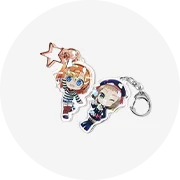
Innovative Lenticular Printing Technology is a specialized technique that creates a unique visual effect on printed material. It is particularly popular in the production of 3D or animated images, giving the impression of depth and motion to static images. This technology is widely used for a variety of applications, including advertising, packaging, and decorative art.
The core principle of lenticular printing is the lenticular lens, which is a ridged material that creates a pattern of lenses—known as a lenticule. When an image is printed onto the material from a specific angle, the lenses diffract light in such a way that different elements of the image are magnified and appear to move or change. This creates a fascinating visual experience that can captivate the viewer.
This technology caters to businesses looking for an engaging and interactive way to present products or services. It allows for the production of eye-catching visuals without the need for specialized glasses or equipment, making it accessible to a wide audience. Furthermore, the versatility of lenticular printing—being able to produce various effects such as 3D, flip, zoom, and morph sequences—makes it highly suitable for different sectors like advertising, gaming, and art.
Several types of innovative lenticular printing technologies are available, each with specific characteristics and applications:
3D Lenticular Printing: This technique is used to create three-dimensional effects on printed material. It is commonly seen in children's books and promotional materials where the images change from one state to another as the page is turned or viewed from different angles.
Multi-Flip Lenticular Printing: A more advanced version of 3D lenticular printing, multi-flip lenticular allows for multiple images to be displayed in sequence as they are viewed from side to side. This is particularly useful for creating eye-catching and interactive product packaging or educational materials.
Thermal Lenticular Printing: This technique uses heat to create lenticular effects. It's an ideal choice for items requiring a more durable finish, such as ID cards or outdoor signage that may be subjected to harsh weather conditions.
Die Cutting Printing: Offering precision cutting, die-cut printing can create lenticular pieces with irregular shapes or sizes. This flexibility is perfect for custom promotional items that need to stand out.
Silk Screen Printing: While not a lenticular printing method, silk screen printing can be combined with lenticular technology to achieve a dynamic visual effect.
Choosing the right innovative lenticular printing technology is crucial for businesses looking to make an impact with their marketing strategies or product presentations. Here are some considerations that should guide your decision-making process:
Alibaba.com stands out as an extensive marketplace that brings together a vast array of suppliers offering innovative lenticular printing technology solutions. The platform facilitates global trade by connecting businesses with suppliers who specialize in this unique form of printing. Whether you're looking for a cutting-edge printer for your advertising company or a durable one for your manufacturing plant, Alibaba.com hosts a wide selection of options tailored to meet diverse business needs.
With over two decades of experience in online trade solutions, Alibaba.com has established itself as a reliable platform where businesses can source products with confidence. The site's Trade Assurance service ensures that payments are protected until delivery is completed, offering peace of mind when making significant business purchases.
Moreover, with features that support mobile buying and communication in local languages, Alibaba.com simplifies the process of acquiring specialized equipment like lenticular printers. The platform's commitment to helping small and medium-sized businesses thrive through comprehensive online trade solutions makes it an attractive destination for companies seeking to expand their operational capabilities with cutting-edge technology like innovative lenticular printing.
Lenticular printing is a type of printing that involves a plastic sheet with an array of lenses on one side, allowing different images to be displayed as the viewing angle changes. This technology is commonly used for products such as promotional items, signage, and packaging.
Lenticular printing differs from regular printing by creating an illusion of depth and motion through the use of a lenticular lens, which consists of multiple image layers that change depending on the viewing angle. This effect is used for advertisements, art pieces, and 3D images.
Yes, lenticular prints can be customized in various sizes, shapes, and printing options to suit specific business requirements and applications. Customization also includes the ability to add logos, text, or other design elements.
Lenticular printing technology is commonly used for promotional items, product packaging, and business collateral to create interactive experiences. It's also utilized in educational materials for a dynamic learning experience.
While the cost can vary depending on materials, design complexity, and quantity, lenticular printing is generally more expensive than traditional printing methods due to the complex lens technology involved and the quality of the final product.
Lenticular printing technology can achieve various effects such as 3D, flip, or animation effects using different layers of images. These effects add visual interest and interactivity to the printed material.
Lenticular printing is versatile and can be applied to various surfaces, but it's important to consider the material compatibility of the surface to ensure durability and quality of the final product.
Lenticular printing is known for its durability and resistance to wear and tear. However, longevity can vary depending on the quality of materials used and the handling of the final product.
Eco-friendly options are available in lenticular prints with materials that are recyclable or made from sustainable sources. Suppliers may specify if their products have eco-friendly features.
While there isn is no strict limit, it's generally advisable to keep the number of images to a minimum to maintain visual appeal and avoid overly complex animations or transitions.
Lenticular prints should be stored away from direct sunlight, moisture, and extreme temperatures. Proper handling and storage are essential to preserve their unique features.